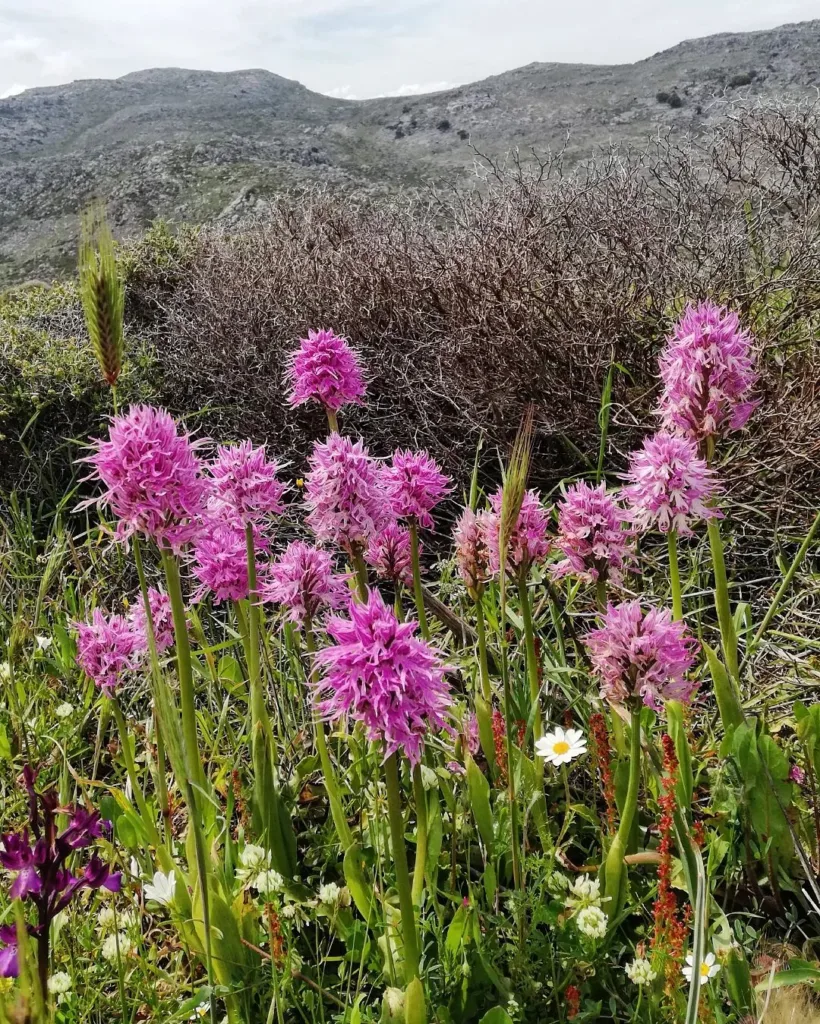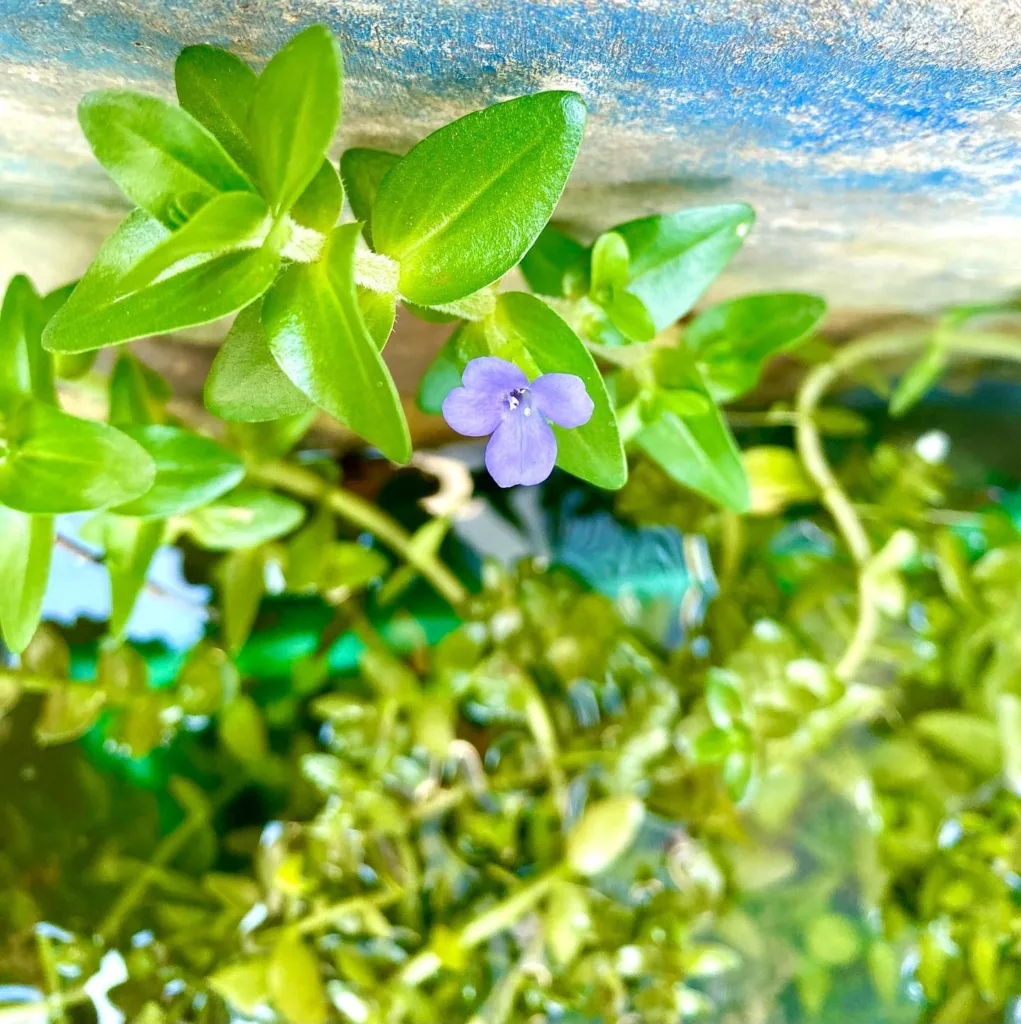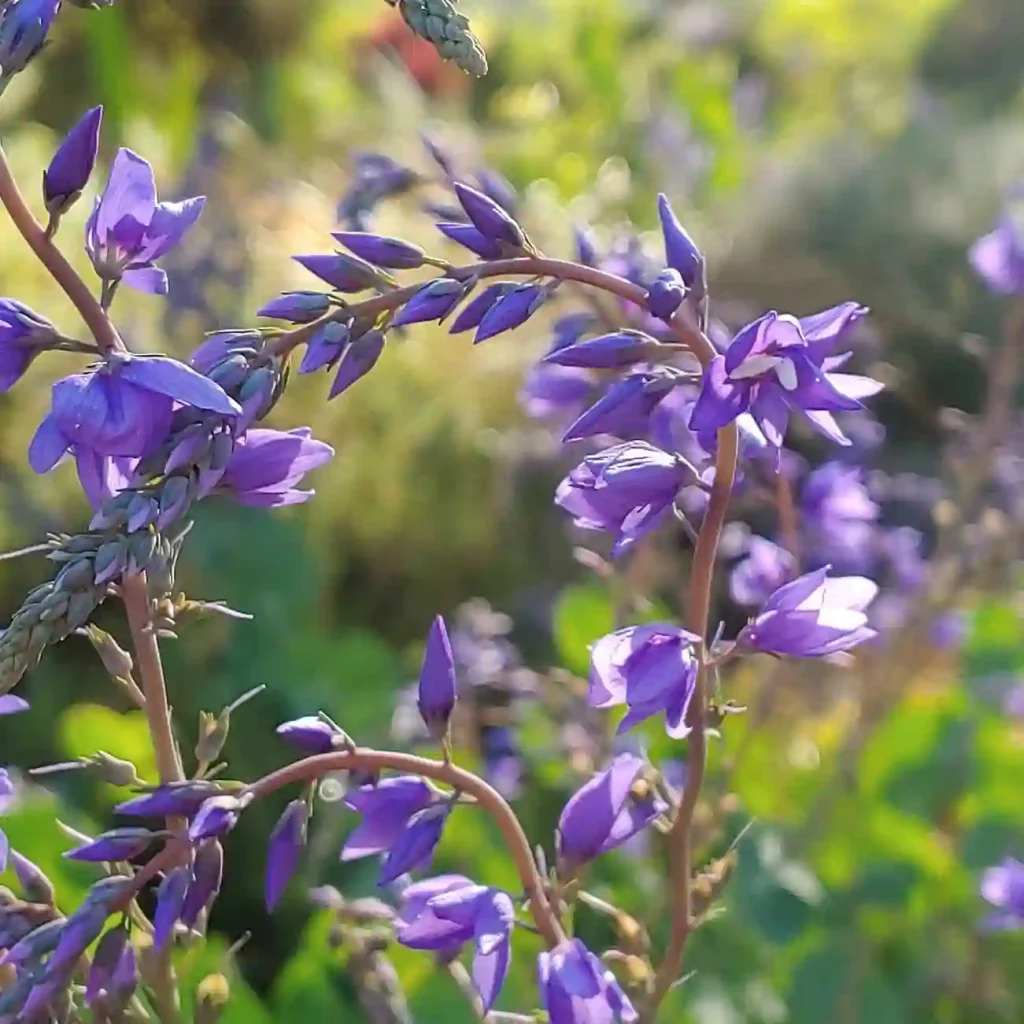Exploring the Linaceae Plant Family: A Personal Journey
As I delve into the world of botany, I find myself particularly fascinated by the Linaceae family. This plant family, commonly known as the flax family, comprises several genera and species that have significant ecological and economic importance. The diversity within this family captures my attention, prompting me to share my insights and experiences.
Overview of Linaceae
Linaceae consists of about 200 species spread across 9 genera. Most notably, this family includes Linum (flax) and Linum usitatissimum, which is the common flax known for its oil and fiber. When I think of Linaceae, I think of both its practical applications and its role in the natural world.
Genera of the Linaceae Family
- Anisadenia: A small genus of flowering plants in the Linaceae family, native to the Himalayas and central China, characterized by their small, white or pinkish flowers and hairy stems.
- Hebepetalum: A genus of flowering plants in the Linaceae family, endemic to Mexico and Central America, distinguished by their unique flower structure with petaloid sepals and reduced petals.
- Hugonia: A genus of flowering plants in the Linaceae family, widely distributed in tropical regions, known for their climbing or scrambling habit and often spiny stems.
- Indorouchera: A monotypic genus in the Linaceae family, containing the single species Indorouchera griffithiana, a tree native to Southeast Asia, valued for its timber.
- Linum: A large and diverse genus of flowering plants in the Linaceae family, commonly known as flax, including species cultivated for their fiber (linen) and oil (linseed oil), as well as ornamental species with showy flowers. – 215 Species in Genus Linum
- Radiola: A monotypic genus in the Linaceae family, containing the single species Radiola linoides, a small, annual herb with tiny, inconspicuous flowers.
- Reinwardtia: A small genus of flowering plants in the Linaceae family, native to Asia, known for their yellow flowers and medicinal properties.
- Roucheria: A genus of flowering plants in the Linaceae family, found in tropical regions, characterized by their often large, leathery leaves and colorful flowers.
- Tirpitzia: A monotypic genus in the Linaceae family, containing the single species Tirpitzia sinensis, a shrub native to China, with attractive, yellow flowers.
While exploring these genera, I’ve come to appreciate the differences in their growth habits, floral characteristics, and uses.
Economic Importance
Flaxseed oil is one of the primary products derived from the Linaceae family. It’s rich in omega-3 fatty acids, making it popular in health foods. I remember trying flaxseed oil in smoothies, noting its nutty flavor and health benefits. Flax fibers are used in textiles, creating linen, which has a long history as a durable fabric.
In my experience, growing flax in my garden was both rewarding and educational. I noticed how the plants attract pollinators, such as bees and butterflies. This connection to the ecosystem reinforces the importance of Linaceae in supporting biodiversity.
Cultivation and Care
Growing flax can be relatively straightforward. I’ve found that it thrives in well-drained soil and requires full sun. The seeds can be sown directly into the ground or started indoors. The best time for planting is in early spring. I’ve enjoyed watching the plants grow, appreciating the delicate blue flowers that bloom in summer.
The care requirements are minimal, which makes it appealing to gardeners like me who may not have the time for high-maintenance plants. Flax is also drought-resistant, a trait I value as it helps conserve water.
Ornamental Uses
Beyond its economic significance, Linaceae offers ornamental potential. I’ve planted Linum lewisii in my garden for its beautiful blue flowers. It adds a pop of color and attracts various pollinators. The delicate petals sway gracefully in the breeze, enhancing the garden’s aesthetic.
I’ve also experimented with creating mixed flower beds, pairing flax with other perennials. The result has been visually striking, demonstrating the versatility of Linaceae in landscape design.
Ecological Role
Linaceae plays a crucial role in the ecosystem. The flowers provide nectar and pollen for bees and other pollinators. Observing the variety of insects visiting my flax plants has deepened my appreciation for their ecological importance. Each species interacts with its environment, contributing to a balanced ecosystem.
Conclusion
As I continue to explore the Linaceae family, I am constantly reminded of its multifaceted nature. From its economic value to its role in supporting biodiversity, Linaceae stands out as a remarkable group of plants. My experiences with growing and observing these species have enriched my understanding and appreciation for botany.
Whether you’re considering adding flax to your garden or simply curious about its uses, I encourage you to explore this fascinating family. Each plant tells a story, weaving together the threads of nature, economy, and beauty.
If i die, water my plants!



